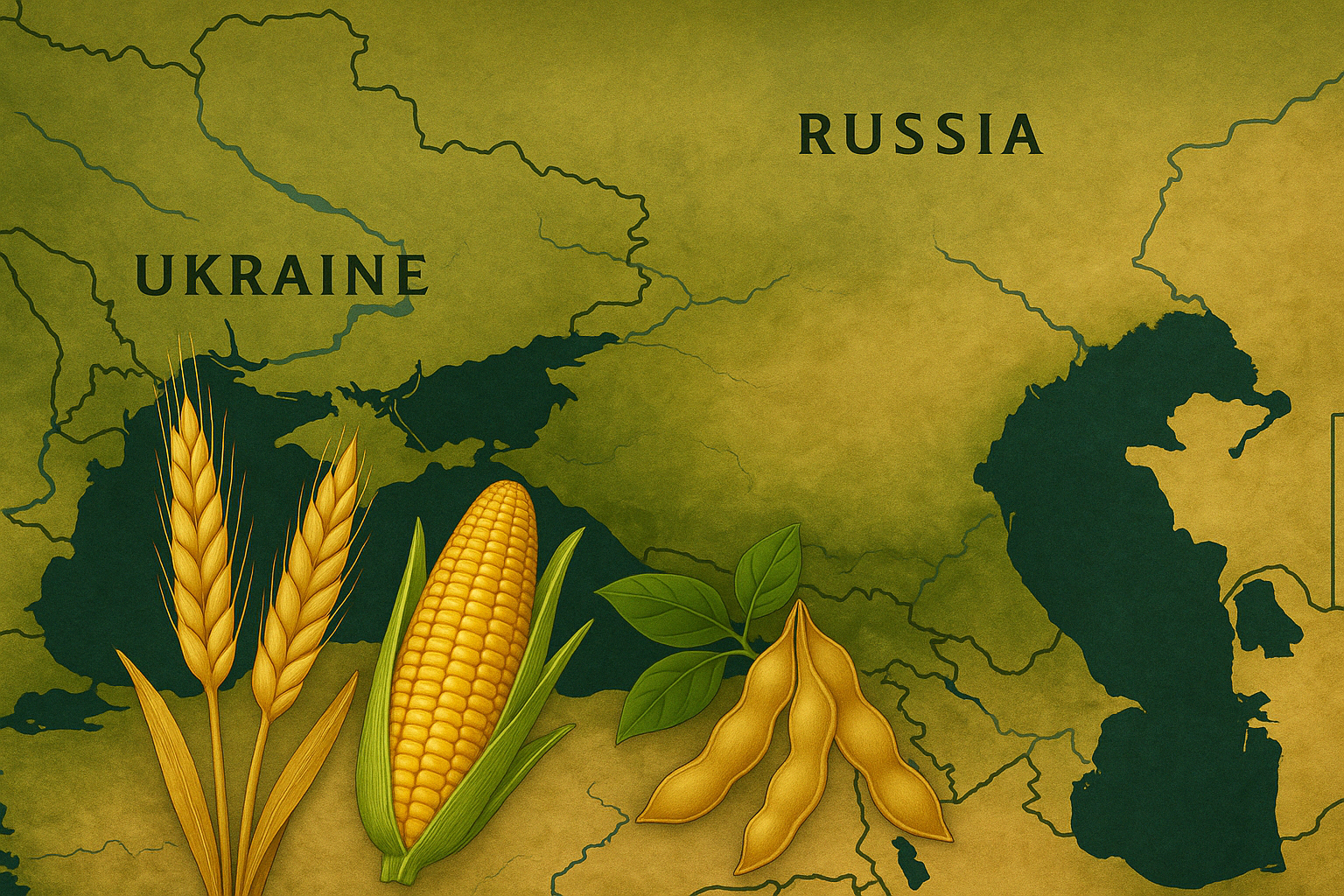Delays in shipments from Russia and Ukraine created openings for U.S. wheat exporters in Asian markets. Millers in Indonesia secured roughly 500,000 tons of U.S. wheat, Bangladesh took 250,000 tons, and Sri Lanka imported 100,000 tons, as traders cited competitive U.S. pricing and weather-related delays from the Black Sea. Deals included U.S. soft white wheat sold at $270/ton CFR and hard red winter wheat at $275/ton, reinforcing America’s ability to step in when Black Sea logistics falter. Beyond spot purchases, Indonesia signed a memorandum of understanding to take at least 1 MMT of U.S. wheat annually from 2026–2030, while Bangladesh committed to 700,000 tons annually starting July, strengthening long-term trade ties.
For oilseeds, the sunflower market absorbed bearish adjustments, as Oil World cut global 2025/26 production estimates to 58.7 MMT, down 0.7 MMT from earlier projections. Ukraine’s forecast was lowered by 0.6 MMT to 12.9 MMT due to drought, while the EU total fell by 0.5 MMT to 8.75 MMT, reflecting severe conditions in France, Bulgaria, Romania, and Spain. Turkey also saw a minor downgrade, highlighting the region’s vulnerability to weather stress. Kazakhstan and Argentina, however, partially offset losses with improved outlooks thanks to better agronomic practices and favorable weather.
Bulgaria faced one of its toughest seasons in over a decade, with USDA’s Foreign Agricultural Service projecting the smallest corn harvest since 2009 at 1.5 MMT, down 130,000 tons year-on-year. Yields dropped to just 2 t/ha amid extreme heat and drought, and planted corn area shrank 19% y/y. Farmers are already signaling intentions to cut corn acreage further in 2026–27, with some considering exiting corn entirely despite subsidy risks. Domestic demand for feed, food processing, and ethanol could force Bulgaria to rely on imports, significantly altering regional flows. Meanwhile, Bulgarian wheat output is expected to rise 8.5% to 5.8 t/ha, though milling quality has fallen sharply to 55–60% of output. Barley production rose 7.7% y/y, aided by higher yields and acreage, pointing to farmers’ pivot toward more drought-resilient crops.
Adding a forward-looking dimension, ADM expanded its regenerative agriculture program into Hungary, targeting 30,000 acres of high oleic sunflower and soybeans for the 2025 harvest in partnership with Bayer. The initiative offers financial and agronomic support to farmers adopting sustainable practices and aims to scale across Bulgaria, Romania, Turkey, and Ukraine within two years. This reflects a growing alignment between global agribusiness and regional producers to enhance resilience, sustainability, and compliance with EU deforestation and ESG regulations.
Taken together, Black Sea dynamics highlight the region’s dual role as both a supply powerhouse and a vulnerability point in global grain markets. Delays and drought-driven revisions boosted U.S. export competitiveness this week, while structural shifts such as Bulgaria’s declining corn footprint and sustainability initiatives in Hungary underscore how climate, policy, and logistics are reshaping trade flows and future balance sheets.

